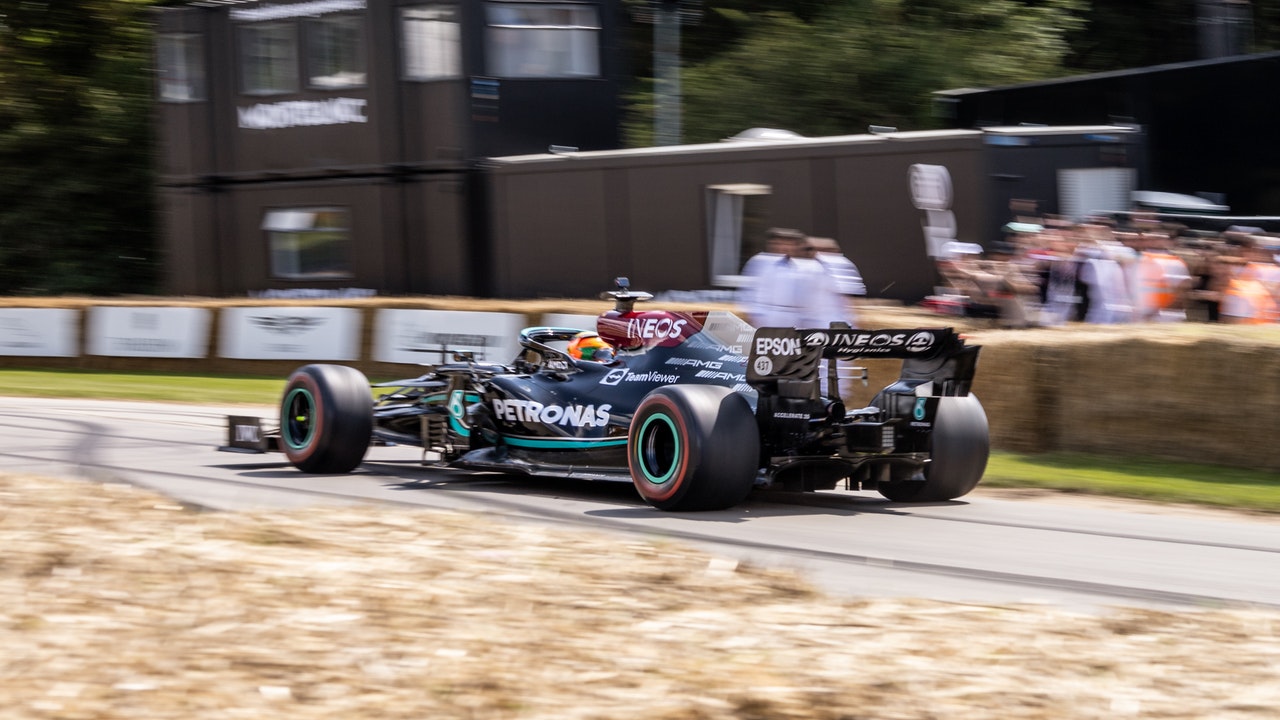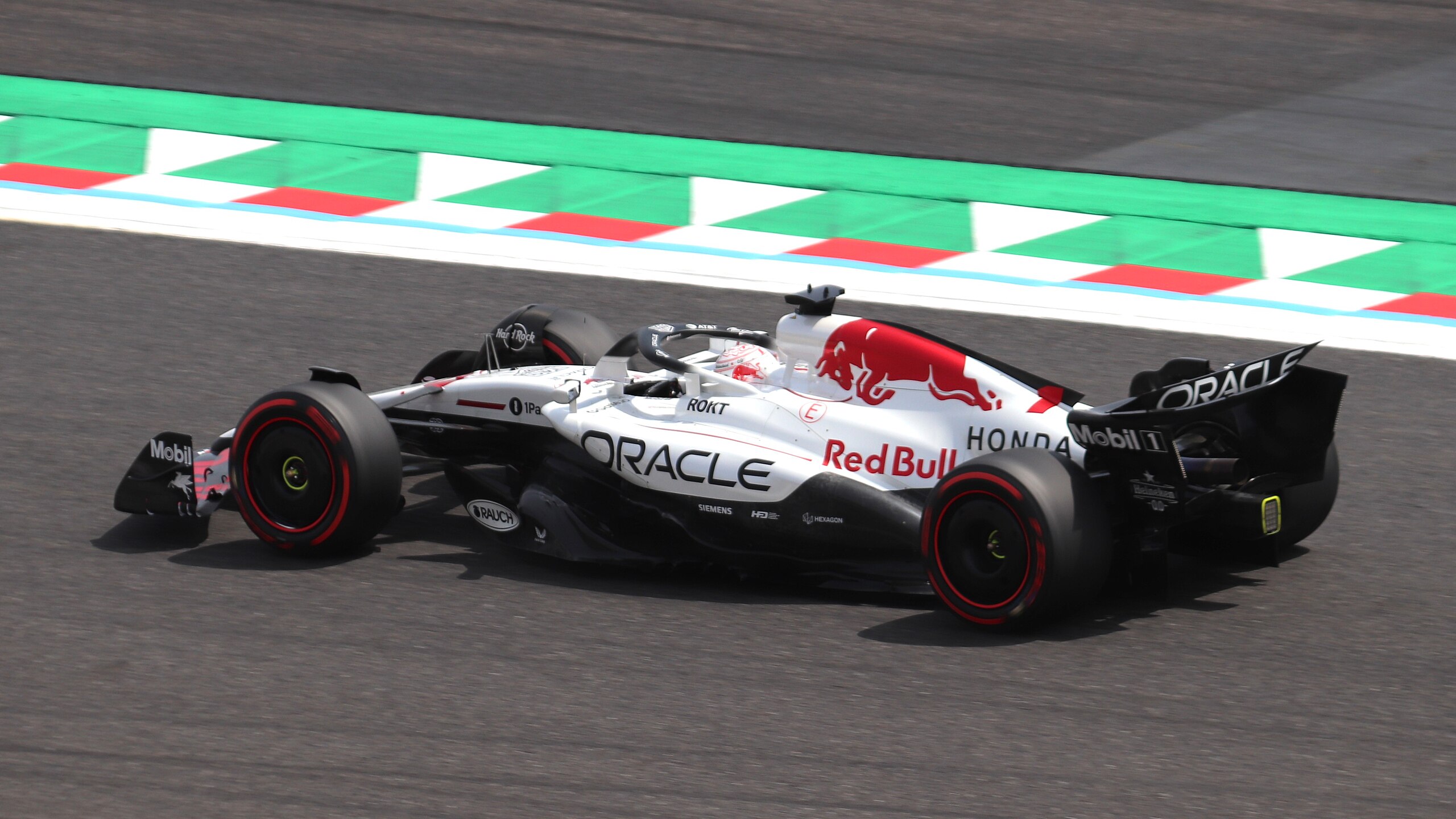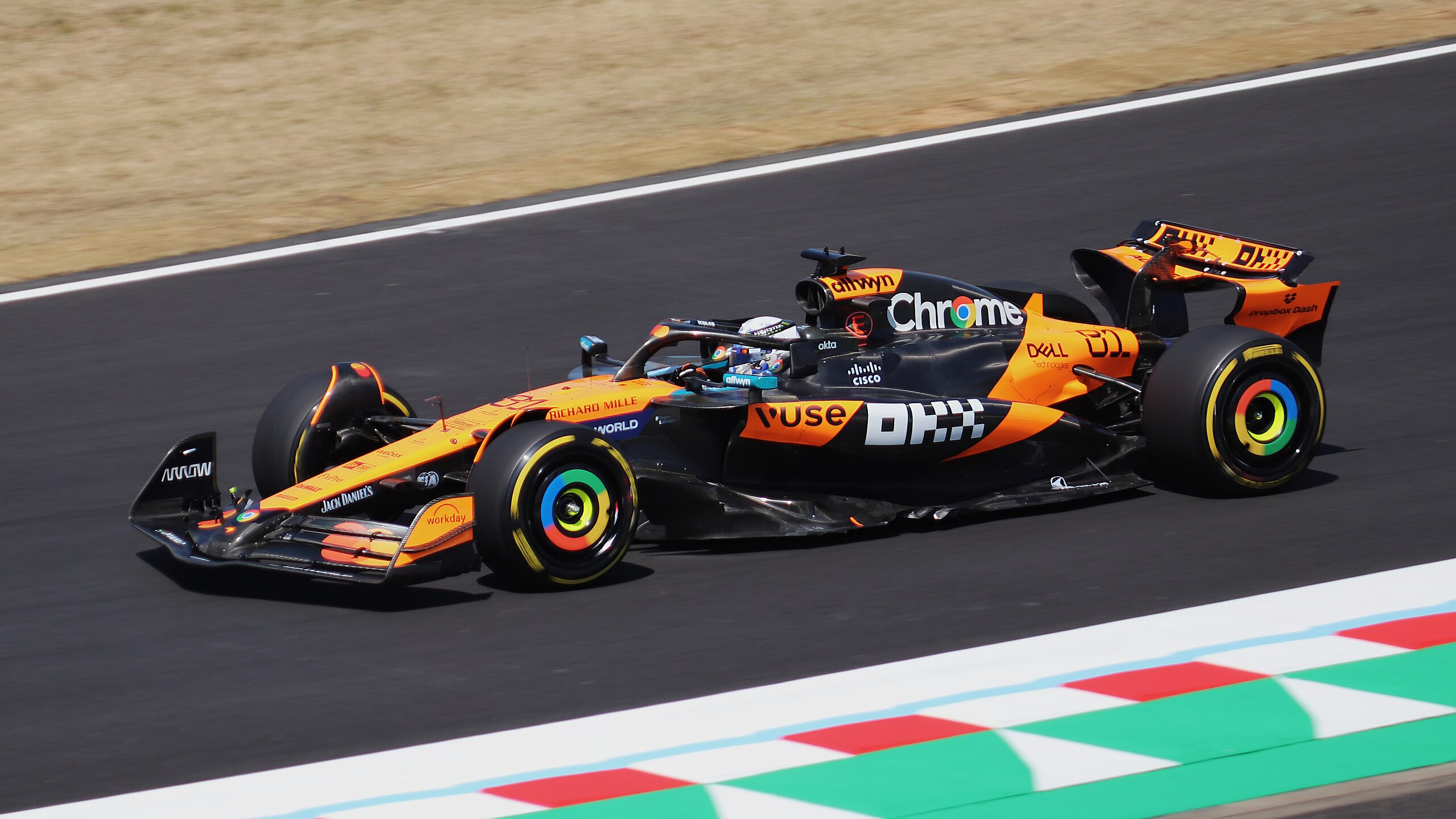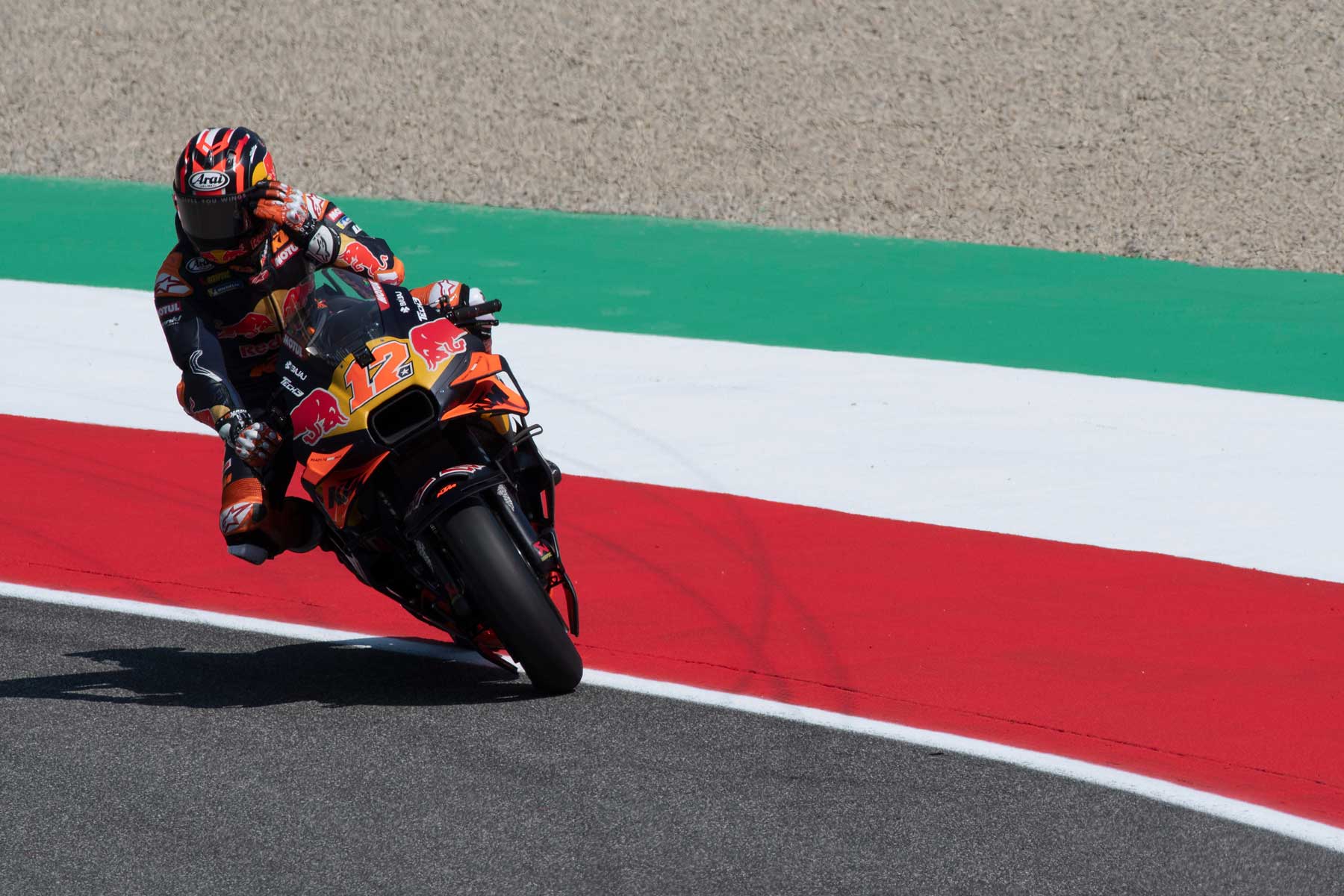Are you willing to sponsor?
Are you ready to explore the transformative power of athlete sponsorship for your brand? Click here to learn more about how sponsorship can help brands grow and thrive in the exciting world of motorsports.
By Emanuele Venturoli| Posted September 30, 2021 | In Formula1, Motorsports, Sponsorizzazioni Sportive, Sport Sponsorship, Sports Marketing
Aaaaaaah, Formula 1, the pinnacle of motorsport, the highest form of four wheel racing and, without a doubt, one of the most popular sports in the world. While some claim that auto racing was born the day the second car was built, there is something about Formula 1 that makes it so appealing and fascinating and yet so distant from traditional autosport.
But why is Formula 1 the pinnacle of motorsport? There are many reason. A thrilling mix of state of the art technology, glamour, adrenaline and luxury, Formula 1 is not only a sport, but a high-end marketing platform, a top business suite and a never fading red carpet for the famous and the wealthy.
It’s therefore no surprise that brands all over the world have been queuing at the doors of teams and organizations to pen multi-million dollar Formula 1 sponsorship deals. Since the sixties, F1 has been sharing its way with the world’s biggest companies and industries, starting with tobacco and moving on to banks, carriers, tech companies and now Forex traders and crypto brands.

Some say much of Formula 1’s fascination and beauty comes from its inner difficulties, from the many details of a highly-structured rule book and from the challenges posed by agame that’s more strategical and tactical than based on the brute force of 1000+ BhPs.
Others think that racing has become too complex and far from its inner idea, which should be basically based on “let’s see the fastest car from here to there”. DRSs, MGUs, tyre compounds, undertakes, double strategies, slipstream turbulences and other contraptions might be every engineer’s wild dream but may push the casual fan away.
At the cornerstone of this everlasting debate is, of course, the need for an increasing competitiveness. A closer field is more entertaining to watch, more interesting for F1 sponsors and makes for a thrilling storytelling. That’s music to the ears of sport marketing agencies, commercial offices and agents around the world.
However, there’s little denying that Formula 1 can be a difficult sport to watch for first-timers, as there’s a lot to understand and a lot going on at the same time. So let’s try and shed some light on the matter and list the most common questions about formula 1 racing and every information you’ve ever wanted to know.
Formula 1 races are approximatively 310kms long and last on average 90 mins (never more than 2 hours for safety reasons). The number of laps of course depends on the length of the racetrack. F1 cars need to lap around Monaco 78 times for example, while it only takes 44 laps of the Circuit de Spa Francorchamps to complete the Belgian Grand Prix.
Points in Formula 1 are given based to the finishing position of the driver -for the drivers’ championship- and of both drivers of the team -for the constructors’ world championship.
25 points are awarded to the winner of the grand Prix, 18 to the 2nd, 15 to the 3rd, 12 to the 4th, 10 to the 5th, 8 to the 6th, 6 to the 7th, 4 to the 8th, 2 to the 9th and 1 point for the 10th position. No points are awarded for drivers from the 11th to the last position.
Starting with the 2021 Formula 1 Season, 1 additional point is awarded to the holder of the fastest lap of the race if he manages to finish in the top 10.
A 22-race calendar is scheduled for the 2021 season, with possible changes due to the effects of the COVID pandemic and/or circuit homologation. The season started in the sands of Bahrain on March 28th and is set to end, as always in the Yes Marina of Abu Dhabi.
20 drivers take to the grid every race weekend, with two drivers for each team. However, this season there are currently 21 drivers listed as Gran Prix participants as Alfa Romeo’s Robert Kubica has been subbing in for Kimi Raikkonen for some races during the season.
F1 qualifying sessions are divided in three splits, called “Q”. During each Q, drivers try to record the fastest lap time with the slowest 5 drivers getting eliminated. The final Q then sees the fastest 10 driver of the afternoon battling for pole position, meaning the fastest driver of the afternoon will start from the first spot on the grid on Sunday.
Pit-stops happen during the races, when a driver enters the pit lane area and stops the car in front of the garage, allowing from engineers and mechanics to perform tyre changes or other modifications. Refueling is prohibited in modern Formula 1 races, while the rules authorize wing modifications or tunings.
No, Formula 1 cars are not four wheel drive: all cars on the grid are rear wheel drive. Only 8 manufacturers since the 1950s have tried 4WD in Formula 1, with very poor results.
Mercedes’ Lewis Hamilton is the current Formula 1 champion. The British driver has secured 7 world titles, becoming the sport’s most successful athlete.
Yes, Formula 1 is faster than Nascar. Thanks to better aerodynamics, a lighter weight and a more efficient engine can top speeds of 372 Kph (Valtteri Bottas at the Mexican Grand Prix). On the acceleration front, F1 cars boost from 0 to 100kph in 2.5 seconds, while it takes 3.4 secs for a Nascar car to reach the same speed. Where F1 single seaters really shine though, thanks to state-of-the art engineering, is cornering speeds.
Companies and well-known brands from all over the world sponsor Formula 1. From Rolex to Aramco, from DHL to Heineken to many more the F1 organization can count on several premium partners, who benefit from international visibility, top-tier B2B and B2C opportunities and plenty of activation chances.
Yes, current Formula 1 cars are propelled by V6 Turbo Hybrid engines. Two Energy Recovering Systems are operating at the same time, one for kinetic energy and one for thermic energy, contributing to the “traditional” combustion technology
It’s a hard guess as almost every single component on a F1 single seater is bespoke, designed and manufactured from the teams themselves and therefore unique. However, several magazines suggest the price tag for a midfield car could range from €10 to €12 Million. The steering wheel alone is rumored to be around €95.000
Mercedes’ Lewis Hamilton has won his 100th race at the 2021 Russian Grand Prix in Sochi, becoming the first driver in F1 history to reach such an impressive milestone.
Formula 1 is a complex, exciting platform. More than just a sport, it is the pinnacle of the automotive industry, the dreamland for every fan of motorsport. It is also a perfect base to build new business, to treat your guests, to engage with worldwide audiences and to produce a thrilling storytelling. If you’re ever curious to understand how your business could use Formula 1 to expand, please get in touch today at info@rtrsports.com
Are you ready to explore the transformative power of athlete sponsorship for your brand? Click here to learn more about how sponsorship can help brands grow and thrive in the exciting world of motorsports.

A graduate in Public, Social and Political Communication from the University of Bologna, he has always been passionate about marketing, design and sport.
The online platform where you can discover the latest trends, strategies and insights from the exciting world of sports marketing.
View our blog
July 4, 2025
When, in 1950, the Formula 1 kicked off at Silverstone, no one could have predicted that, 75 years later, it would become much more than a sport. Today, F1 is a global phenomenon, a cultural,[...]
Read More
July 1, 2025
In the complex and exciting world of Formula 1, performance no longer belongs exclusively to wind tunnels and race strategies. It also unfolds in boardrooms, brand labs, and experiential mark[...]
Read More
June 26, 2025
This content is password protected. To view it please enter your password below: Password: [...]
Read MoreIn an era where it is possible to get anywhere with a click, there is a strong temptation to approach teams and properties directly for sponsorship projects.
By doing so, we are convinced that we are shortening the value chain, saving time and money. However, these DYI methods are anything but risk-free and what initially appears to be a competitive advantage soon turns into a problem that is difficult to resolve. That’s why there are agencies. And this is why you should rely on us for your sponsorships.
When first approaching a sponsorship or sports marketing project, it is difficult to know immediately which stakeholders are correct, what the decision flow is, and what the right timelines are for each process. Sports is a very specialized field of action, and fitting effectively into its paths can take a lot of time and therefore money. We, on the other hand, know referents and spheres of action and know who to talk to, when and how. So you are also more effective.
Sports is an immense passion, and for our heart colors we would be willing to do anything. But business is a different business, and it is important to make the best possible strategic decisions based on independent research, statistics and reliable data. A sports marketing and sports sponsorship agency like RTR has an objective, 360-degree picture of the scenario and can tell you what is really best for you: which sport, which athlete, which team. This is because we possess a great deal of data and information on ratings, segmentation and attitudes. Because the numbers don’t lie. Never.
Activations are the real heart of sports sponsorship. Without them, there remains only a blank sticker on a motorcycle, car or uniform and no contact with the public, no emotional connection, no impact on the bottom line. Then how do you do it? It certainly won’t be the teams or the athletes who will help you leverage sponsorship and enjoy the many marketing rights you have paid for. To bring out the best in a sports marketing project you need an agency that knows how to use sponsorship to engage the fanbase on the Web, to reach out to Shopping Centers, to organize hospitality, to develop B2B and B2C opportunities, and to get “your” athletes in front of millions of potential consumers.
Would you ever go to the dealer who sold you the car and ask if the competitor’s car is better? No, of course. So, how do you expect to get firm measurements of the effectiveness of your sponsorship if you do not rely on someone super partes? At RTR, we have always worked with independent third-party agencies that allow us to know the return on any exposure of your brand on TV and in the media. In addition, we believe in calculating ROI as the ultimate measure of your success-so we can tell you for every penny you spend how much you are making.
We have been involved in sports sponsorship and sports marketing for more than 15 years. We are consultants in the sense that our goal is to maximize your investment, but we are also an agency that manages the project from start to finish. We have been doing this since 1995 with passion and professionalism, following three principles that have become cornerstones of our business: independence, verticality and transparency.
I would like to highlight the fact that one of the qualities of RTR is its great ability to approach the sponsorship scenario strategically, together with its passionate attitude, its amazing enthusiasm for solving problems, and its high level of professionalism.
Gianluca Degliesposti
Executive Director Server&Storage EMEA
Eurosport is truly delighted with its business relationship with Riccardo Tafà, who has become extremely popular, thanks to his detailed knowledge of the sports marketing sector and his highly diligent attitude to work.
Francois Ribeiro
Commercial Director
Passion and Expertise are the features that I have found in RTR since the very beginning. Serious and reliable professionals but also very helpful, nice and open-mind people, willing to listen and compare different ideas. All the values in which RTR believes make this agency a partner, not just a supplier, a partner with whom we have had the opportunity to achieve significant commercial results in term of success and image.
Luca Pacitto
Head of Communication
We have been working with RTR Sports Marketing for over 10 years. The objectives and the programmes of collaboration continue to be renewed and to grow with mutual satisfaction. I believe RTR is a team of great professionals led by Riccardo Tafà, who I consider a manager of exceptional skills and with a great passion for his work.
Lucio Cecchinello
Team Principal
I have known and worked with Riccardo Tafà since 1995 when we collaborated for the first time on a project for the Williams Formula 1 team. Several clients followed. After leaving Williams to work for Gerhard Berger then owner of the Toro Rosso F1 Team, I turned again to Riccardo to seek his help in finding a tool supplier for the team and Riccardo duly obliged with an introduction to USAG, a partnership with Toro Rosso which endured for five years. I recently started a new role as Group Commercial Director for the renowned Andretti Autosport organisation and I find myself working with Riccardo once again on a number of interesting projects. Why has this relationship with Riccardo endured ? He’s smart, knows the commercial side of sport inside out and back to front and he’s honest and trustworthy. Riccardo Tafà is a “doer” not a “talker”: in over 20 years I have never had a dispute either with him or with a company that he has introduced and each partnership introduced by Riccardo has delivered quantifiable ROI to rights holder and sponsor alike. I can think of no better testimonial of Riccardo’s diligence, knowledge, contact base and hard work than that.
Jim Wright
Group Commercial Director
The online platform where you can discover the latest trends, strategies and insights from the exciting world of sports marketing.
View our blog
July 4, 2025
When, in 1950, the Formula 1 kicked off at Silverstone, no one could have predicted that, 75 years later, it would become much more than a sport. Today, F1 is a global phenomenon, a cultural,[...]
Read More
July 1, 2025
In the complex and exciting world of Formula 1, performance no longer belongs exclusively to wind tunnels and race strategies. It also unfolds in boardrooms, brand labs, and experiential mark[...]
Read More
June 26, 2025
The European Commission has provided Liberty Media Corporation with unconditional approval to complete the acquisition of the MotoGP World Championship. The process of annexing the top motorc[...]
Read More